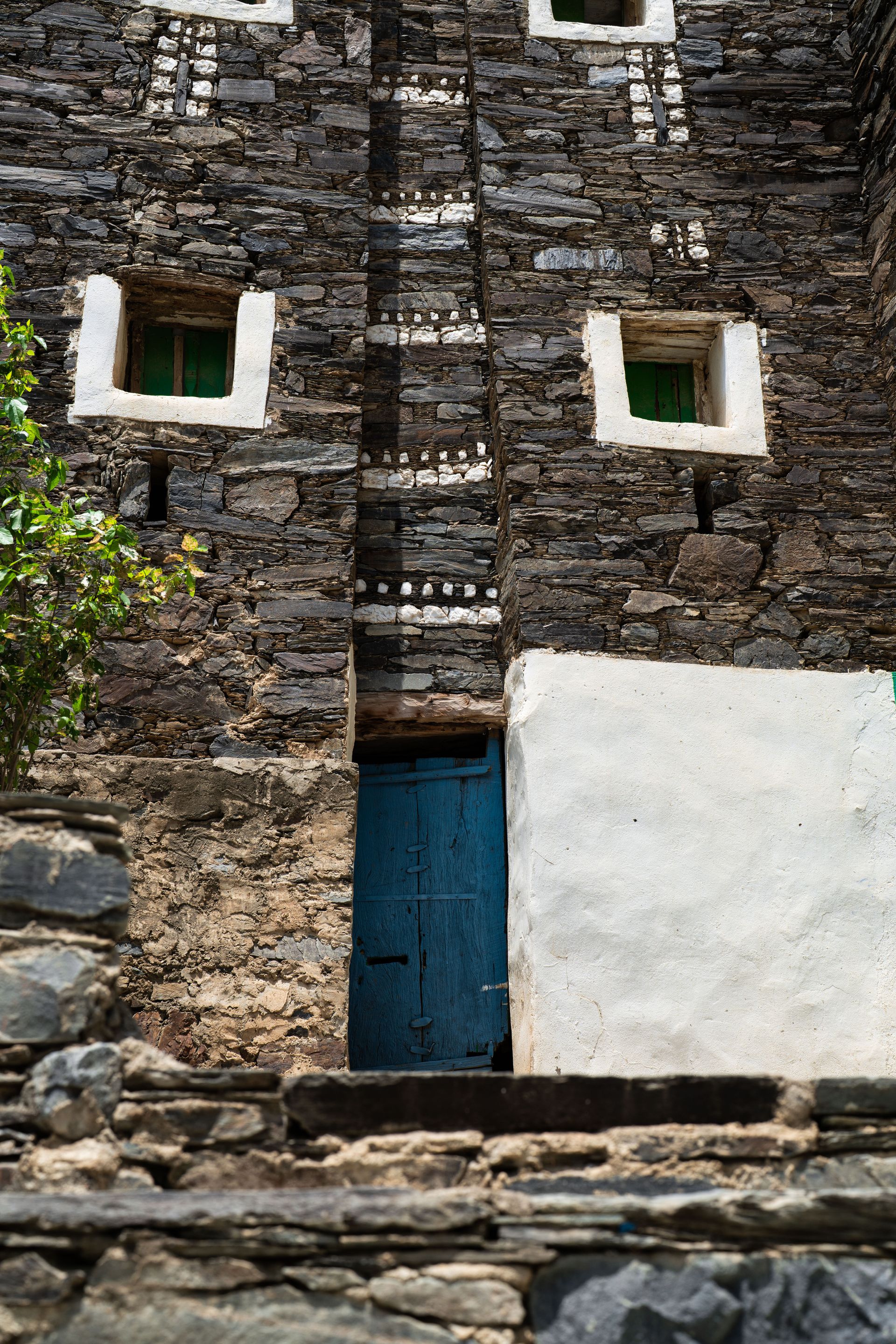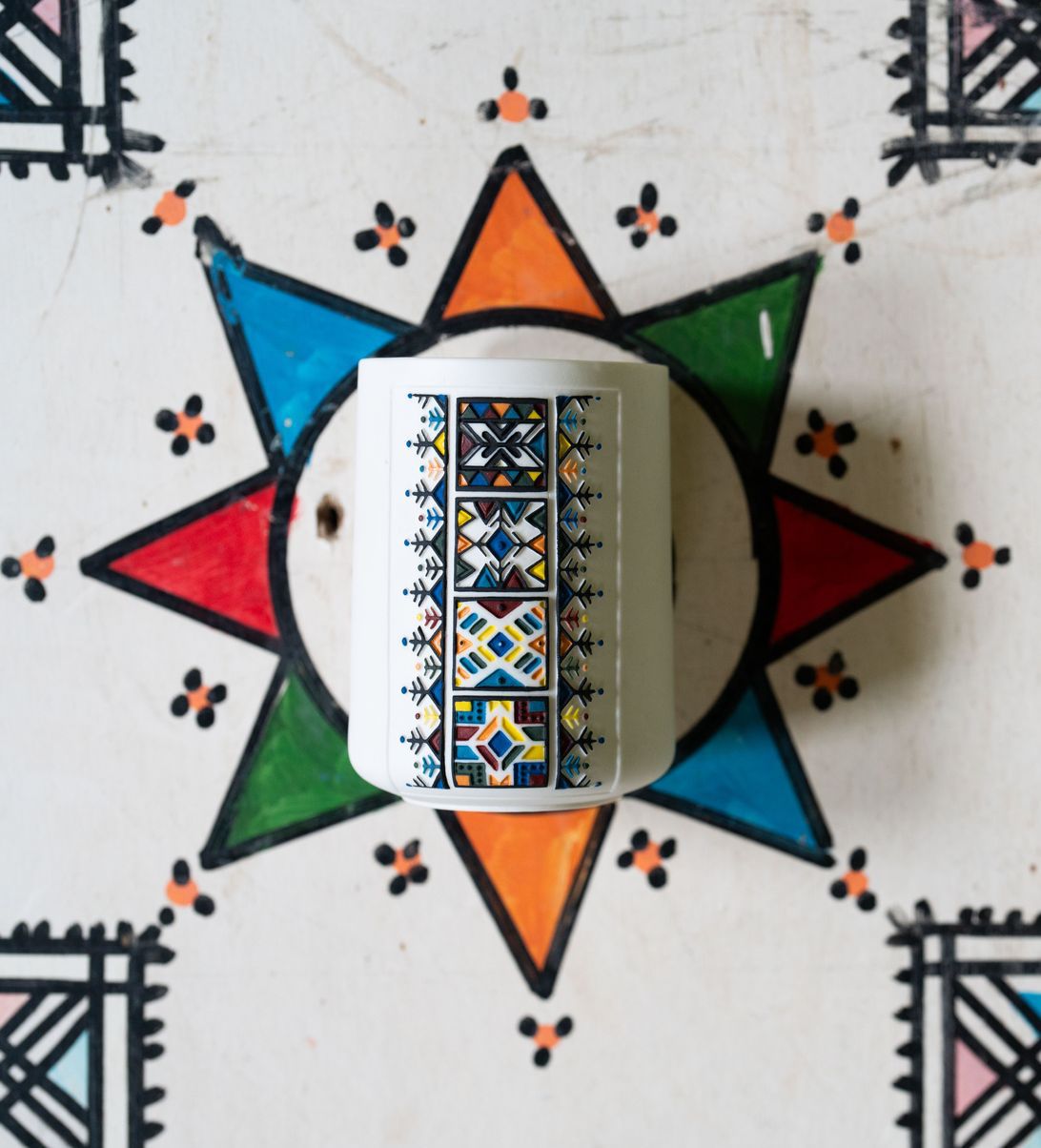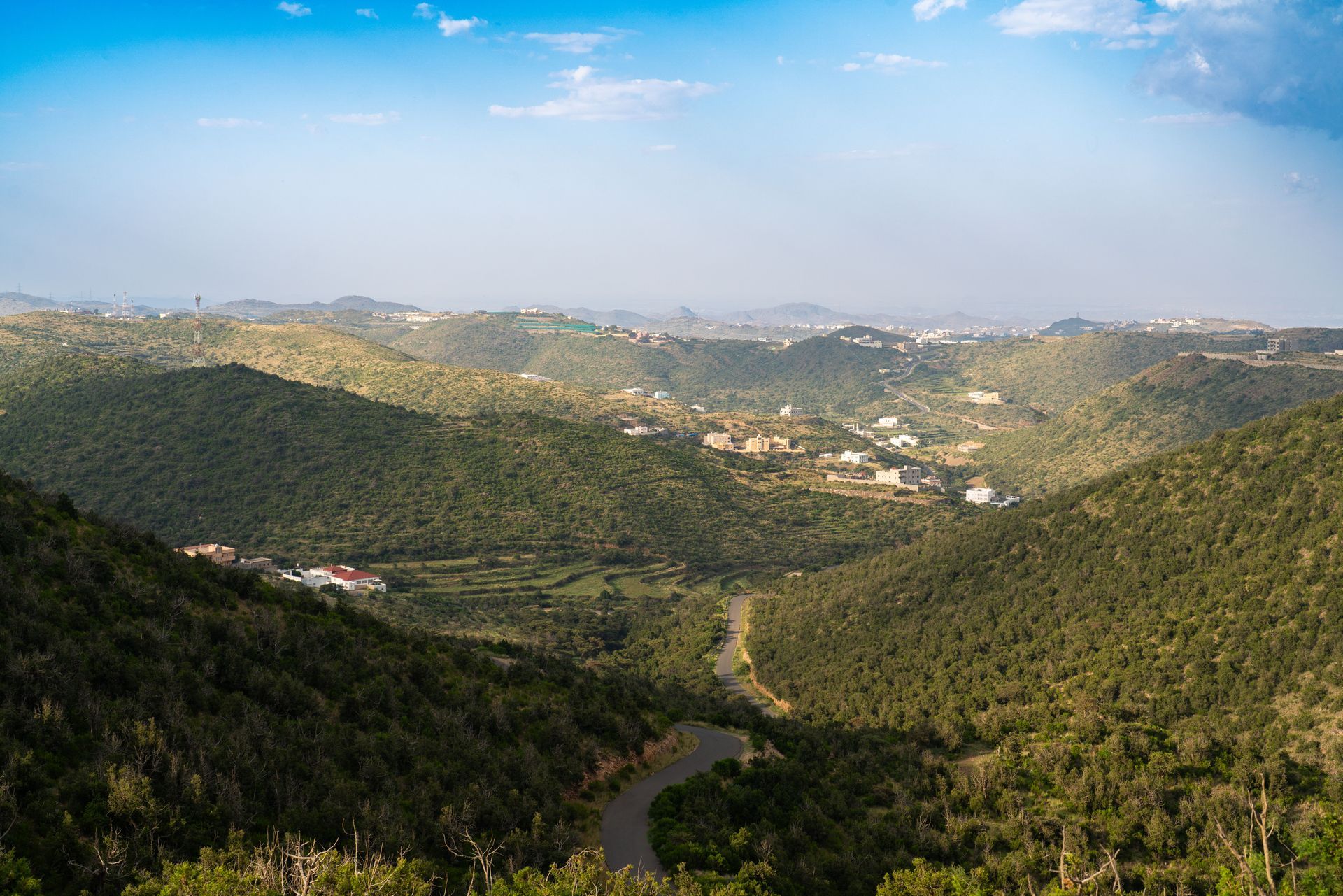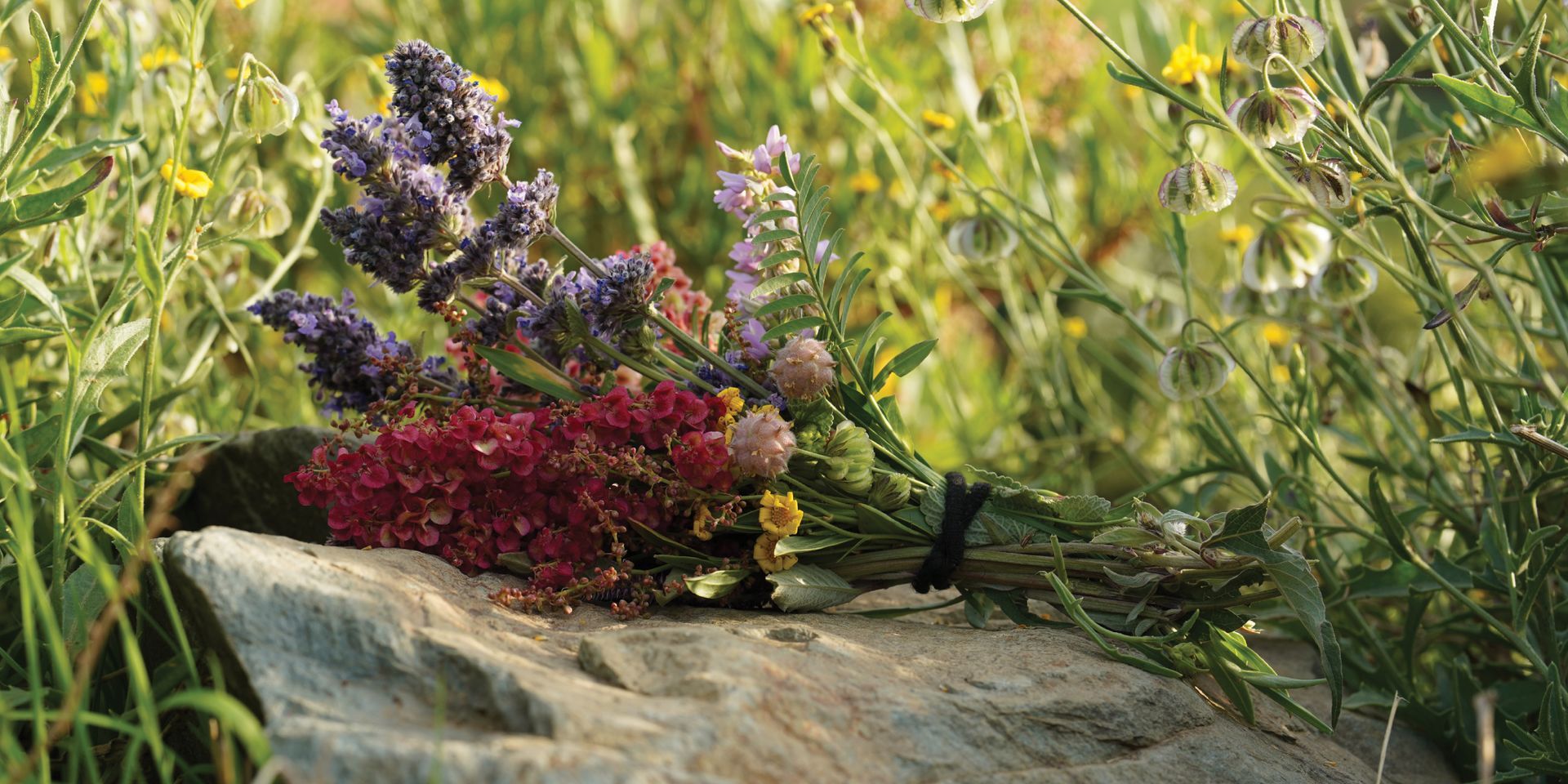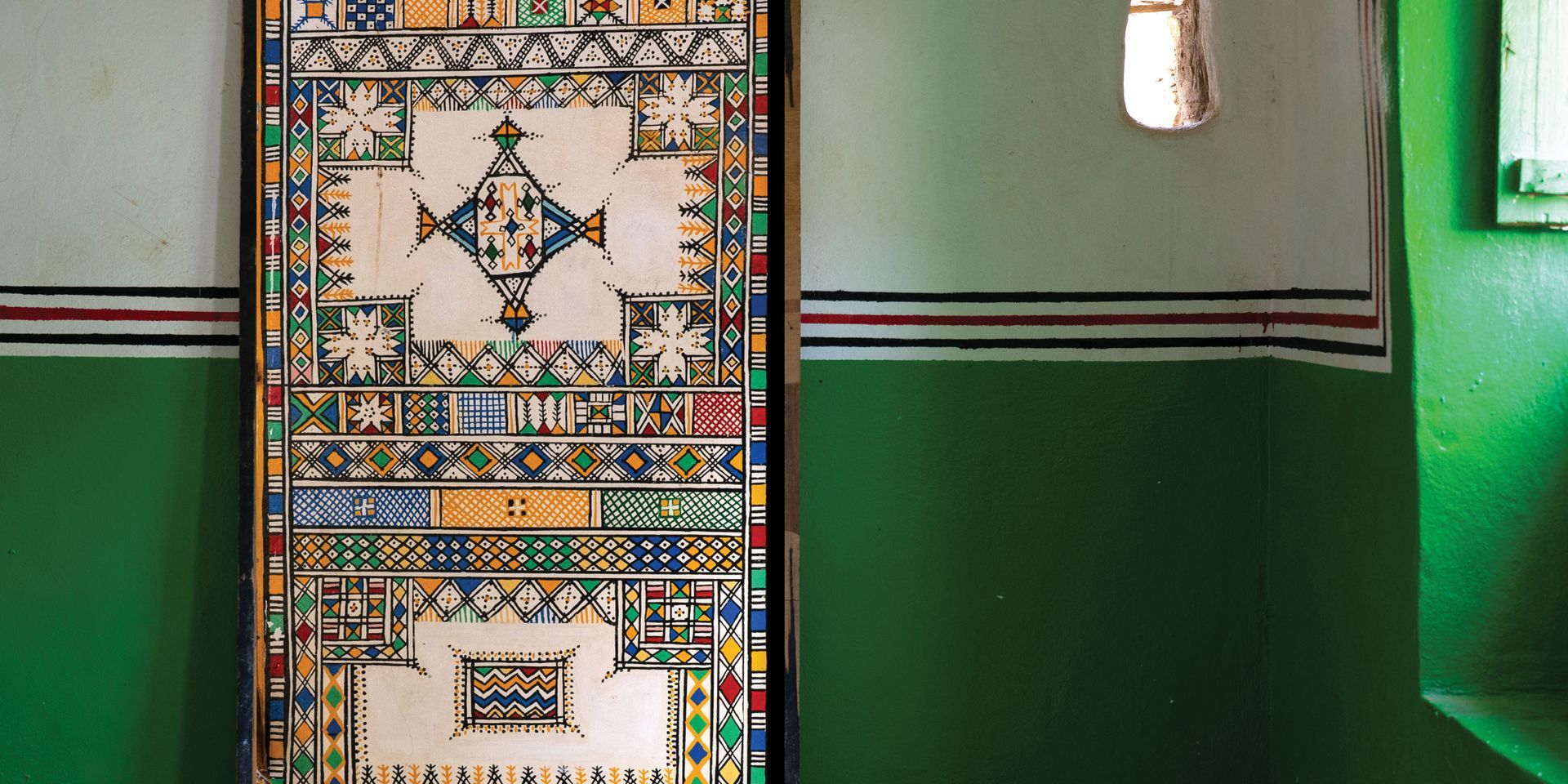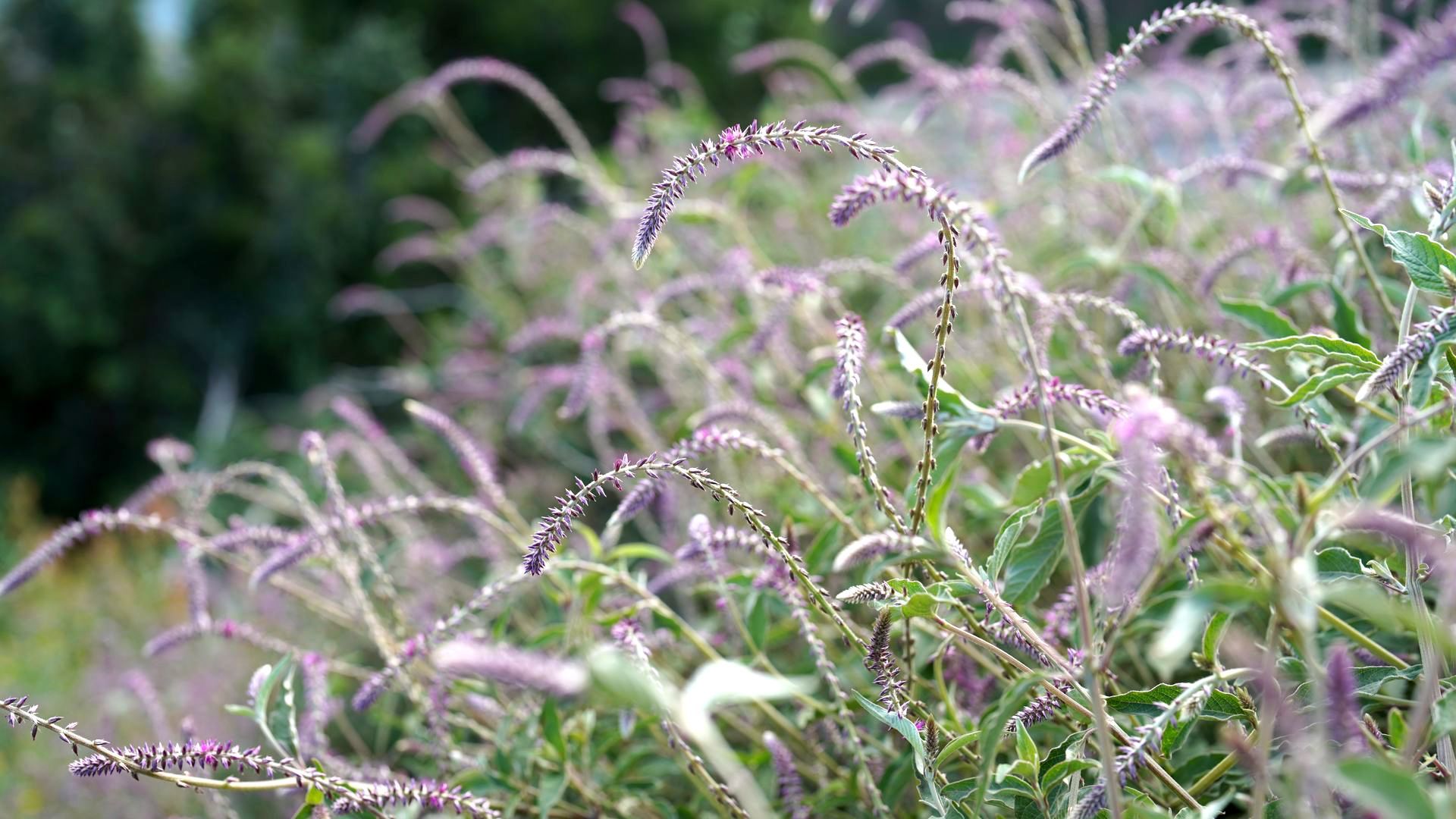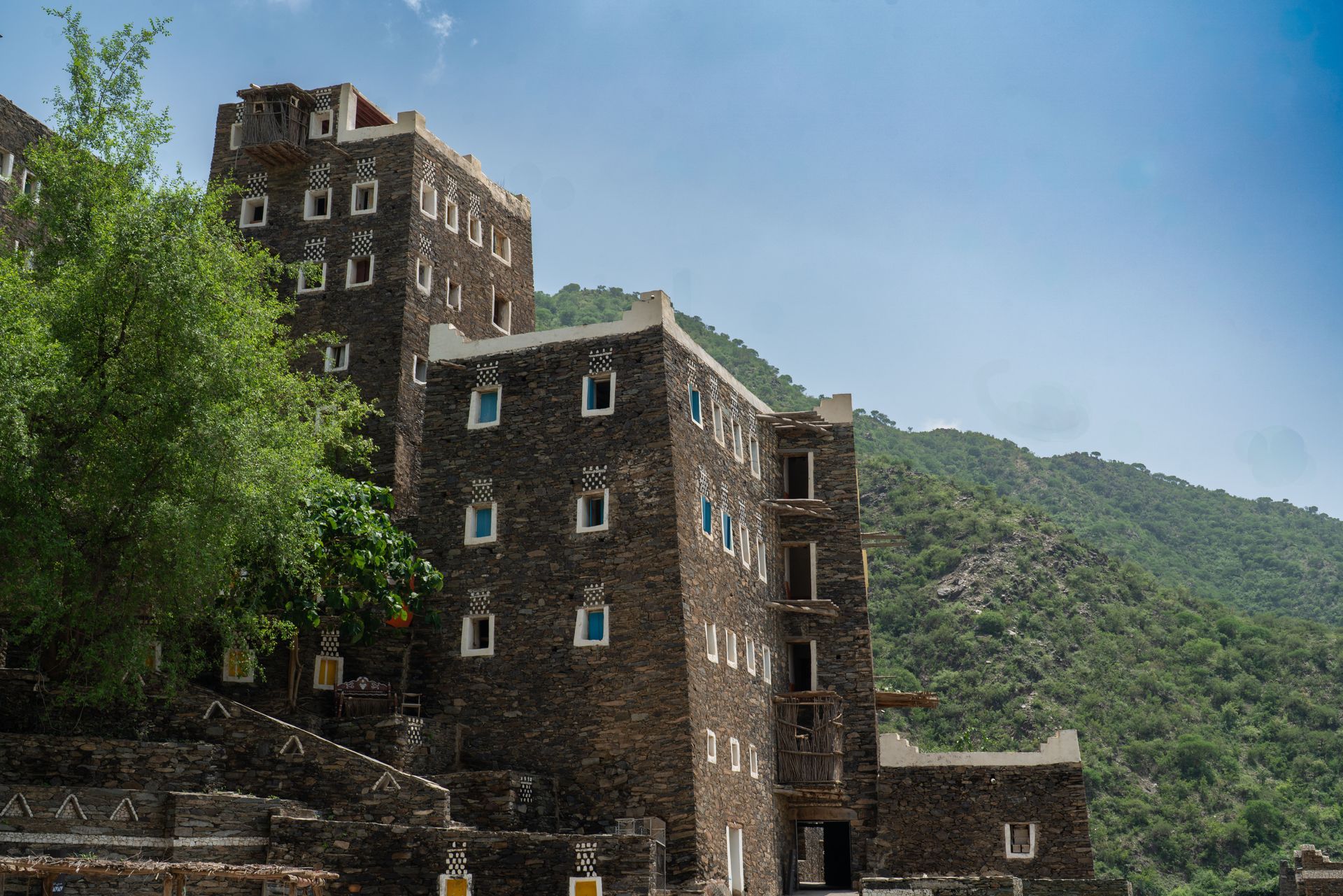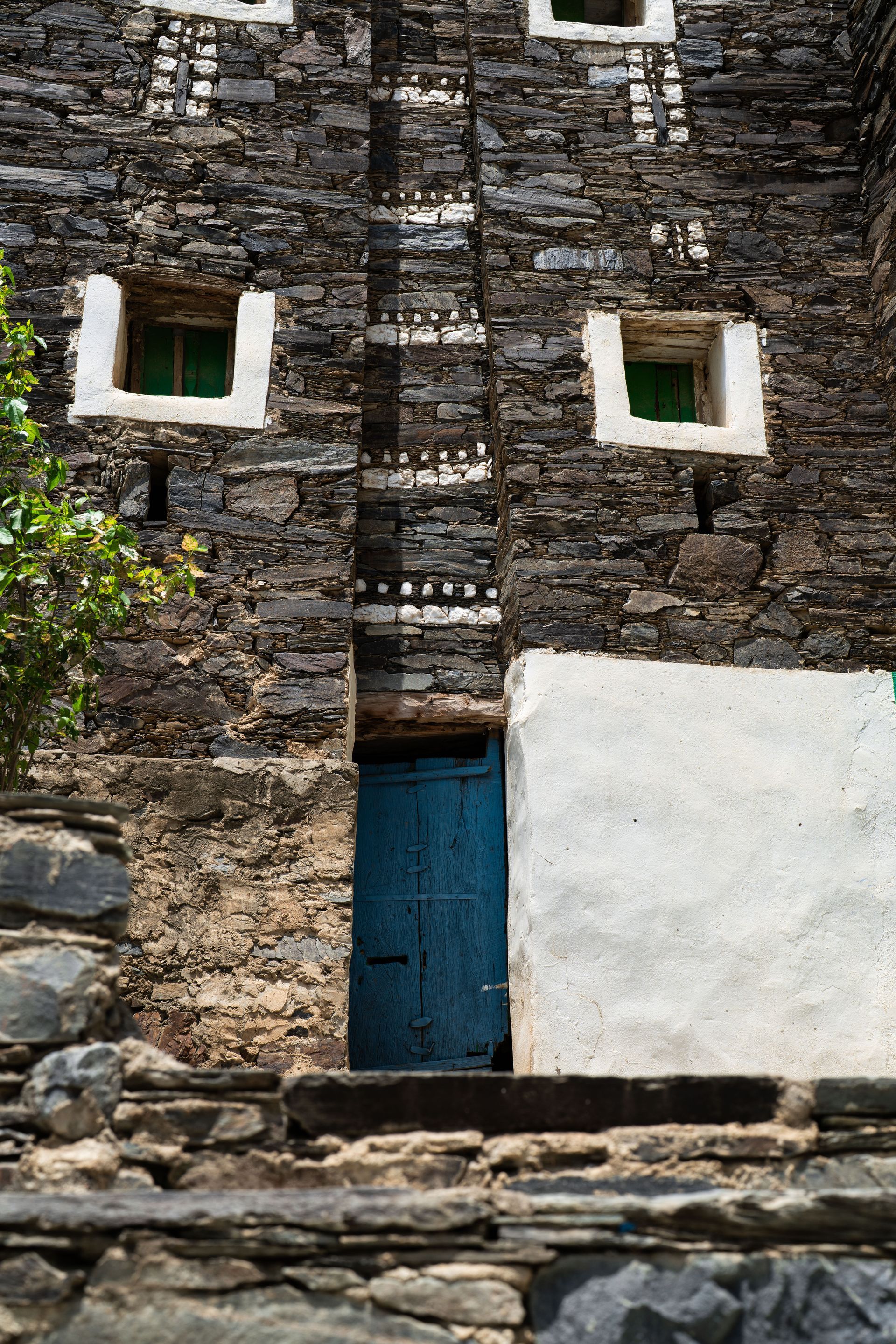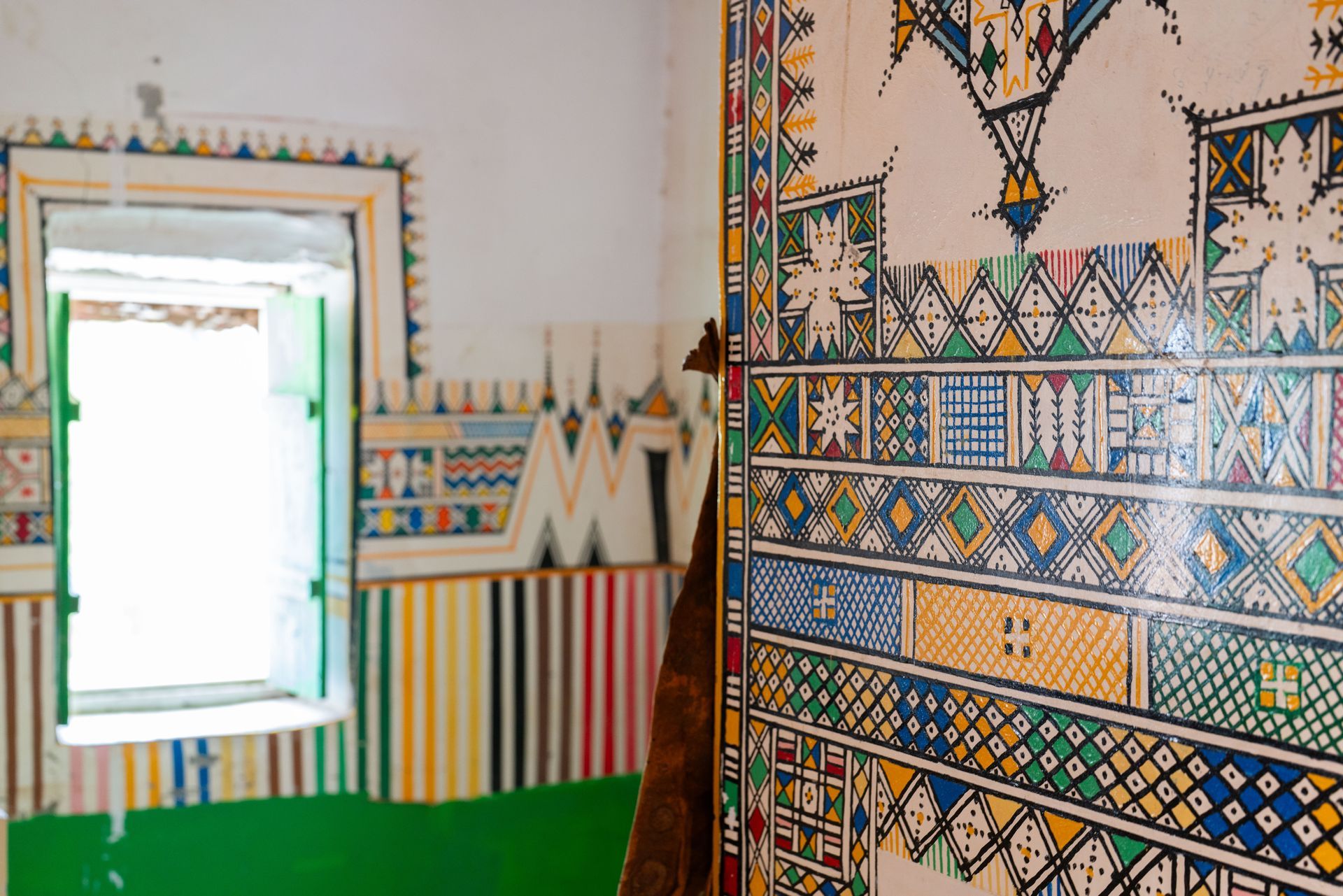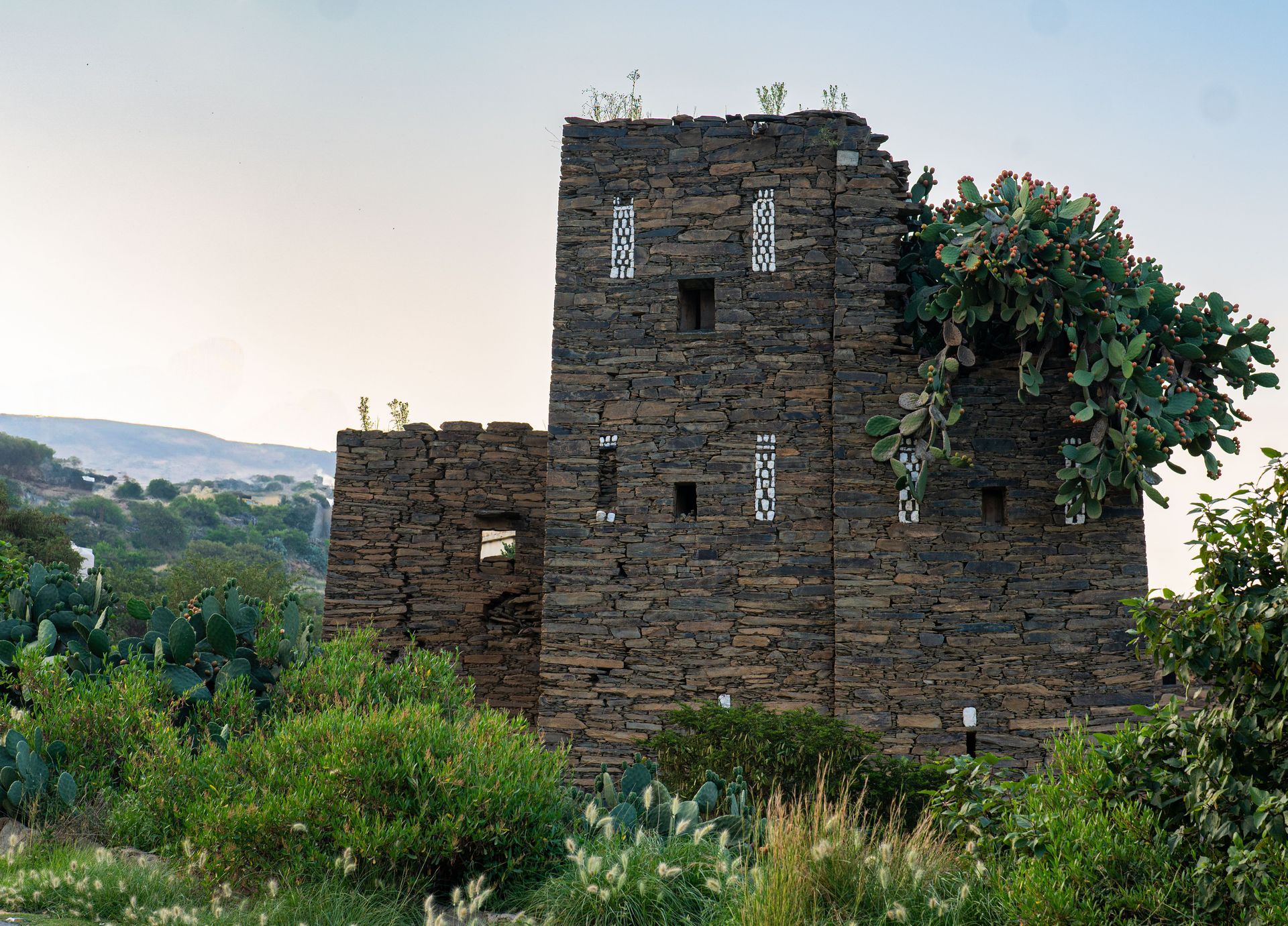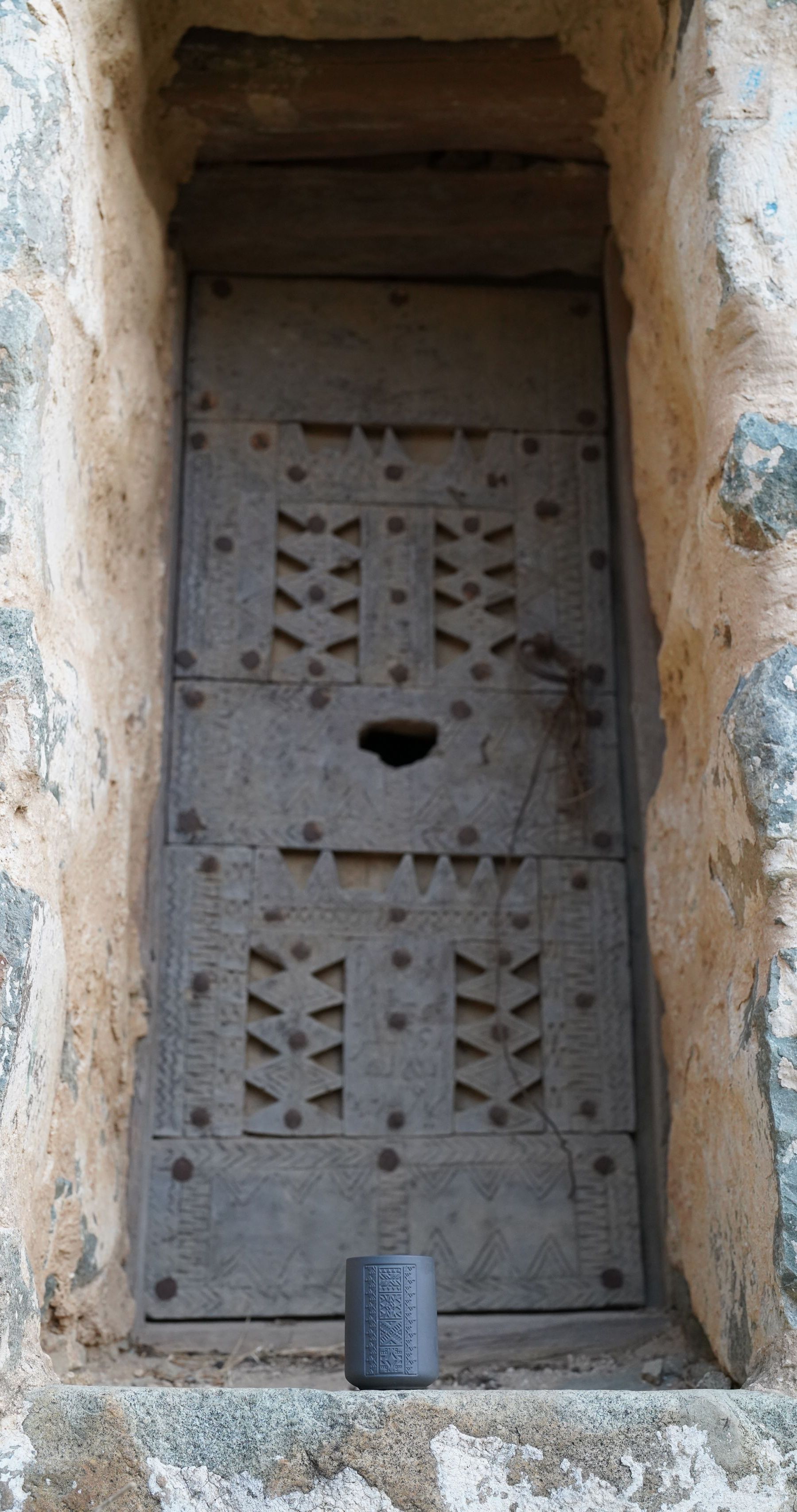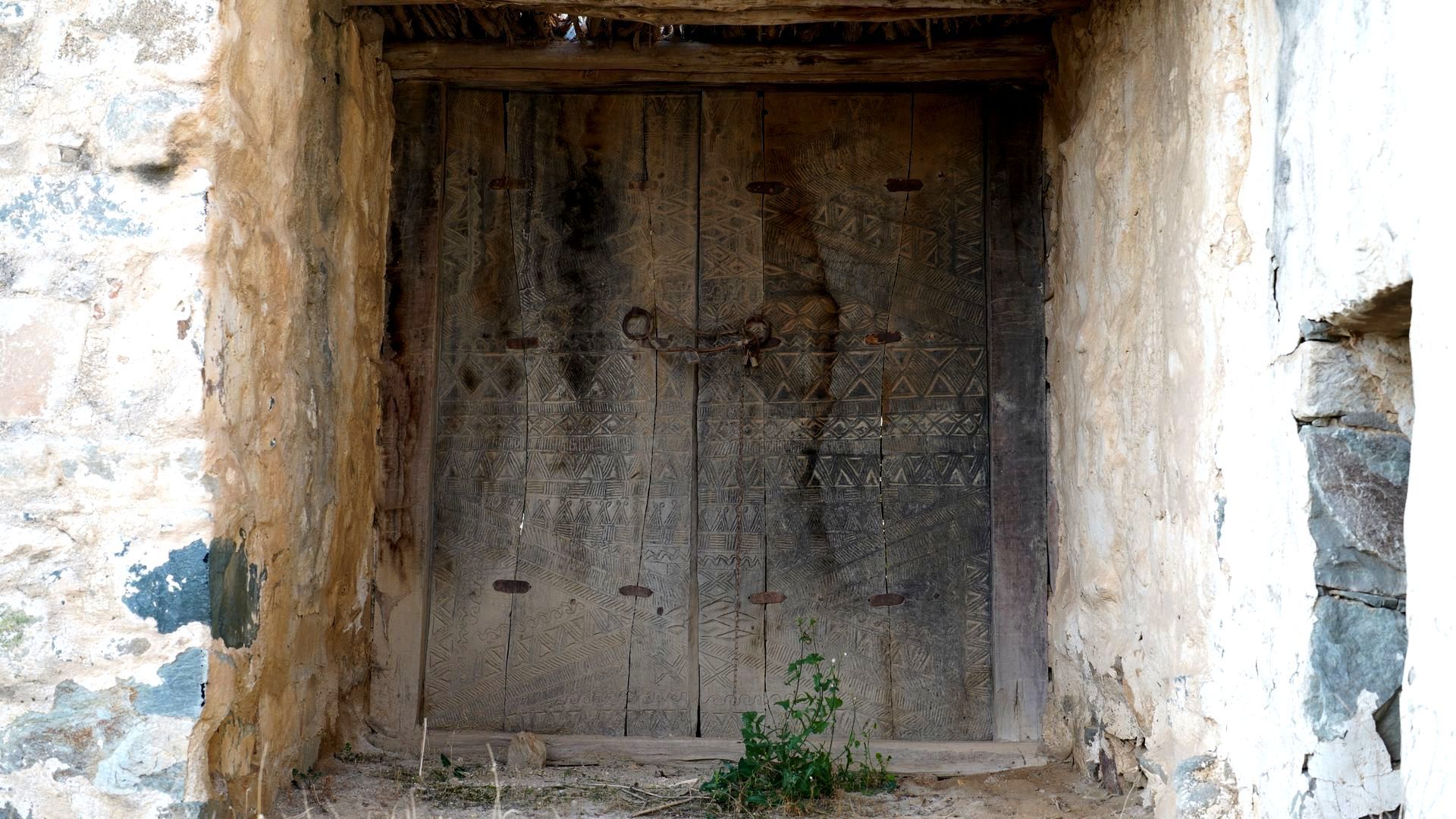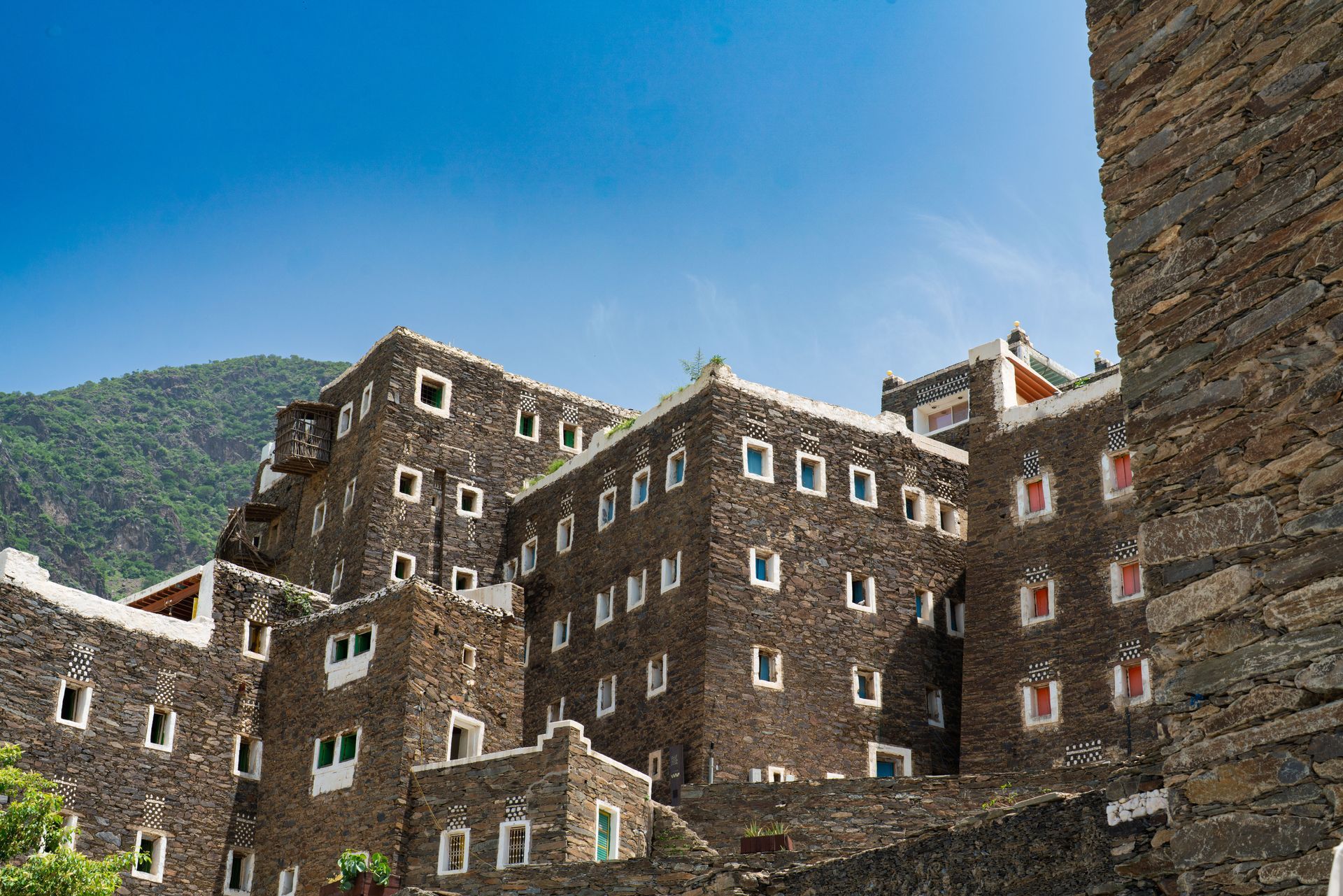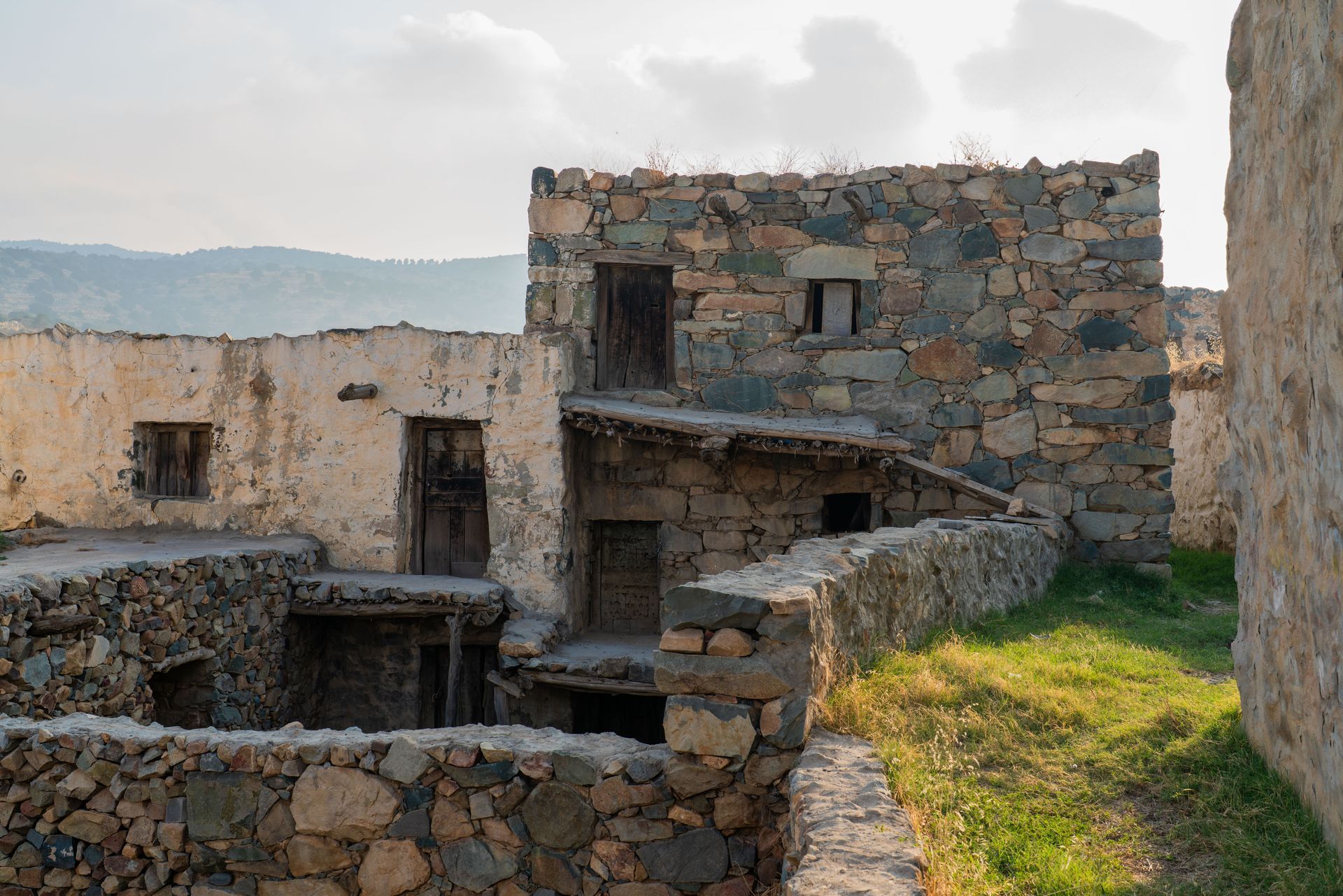Al-Qatt Al-Asiri
Al-Qatt Al-Asiri
A legacy of colors and history.
Rijal Alma Village
The Jewel of Heritage and the History of Al-Qatt Al-Asiri Art
Nestled in the heart of the Asir mountains, Rijal Alma village stands as an artistic masterpiece, narrating centuries of civilization and heritage.
Built from stone, clay, and wood, the village harmonizes beautifully with its natural surroundings, becoming a symbol of architectural identity in the southern region of Saudi Arabia.
Rijal Alma once served as a major trade center along ancient caravan routes, granting it strategic importance and making it a witness to economic and cultural prosperity.
What sets Rijal Alma apart is not only its enchanting buildings but also its status as the birthplace of Al-Qatt Al-Asiri art.
Rijal Alma is a window into a rich heritage and a glorious past.
Today, the village is one of the many landmarks that highlight the beauty and diversity of Saudi Arabia›s deep-rooted culture. It is a symbol of art, humanity, and nature, where history and beauty converge in an unforgettable tableau.
Al-Qatt Al-Asiri
A legacy of colors and history.
Al-Qatt Al-Asiri
is more than just decorative art; it is a symbol of strength, creativity, and the rich heritage of Saudi Arabia.
This art form narrates a history filled with vibrant colors and profound emotions.
UNESCO›s recognition of Al-Qatt Al-Asiri as part of the Intangible Cultural Heritage list affirms its cultural and historical significance. It stands as a testament that this timeless heritage will remain alive in the hearts of future generations, carrying with it the stories of the past and the beauty of the present, while preserving the essence of the southern identity in all its details.
In the heart of Asir's mountains,
art has played a role that goes beyond beauty, serving as an expression of the region›s identity and culture. Within the walls of Asiri homes, a traditional form
of abstract art known as
«Al-Qatt Al-Asiri» was born a creative narrative of place and time.
Women, driven by passion and creativity, adorned the interiors of their homes with vibrant geometric designs, transforming walls into artistic canvases that reflected the region’s nature and the vivid colors that define Asir.
The History of Al-Qatt Al-Asiri
Al-Qatt Al-Asiri is not merely decoration; it is a visual language with roots that date back hundreds of years، This art form originated in the Tihama and Asir highlands regions, where it was primarily practiced inside homes،
Women acquired the skills of this craft through observation and practice, preserving it as a cultural heritage passed down from one generation to the next،
In 2017 Al-Qatt Al-Asiri was inscribed on UNESCO’s List of Intangible Cultural Heritage, bringing it global recognition and reaffirming its significance as one of the symbols of Saudi identity.



